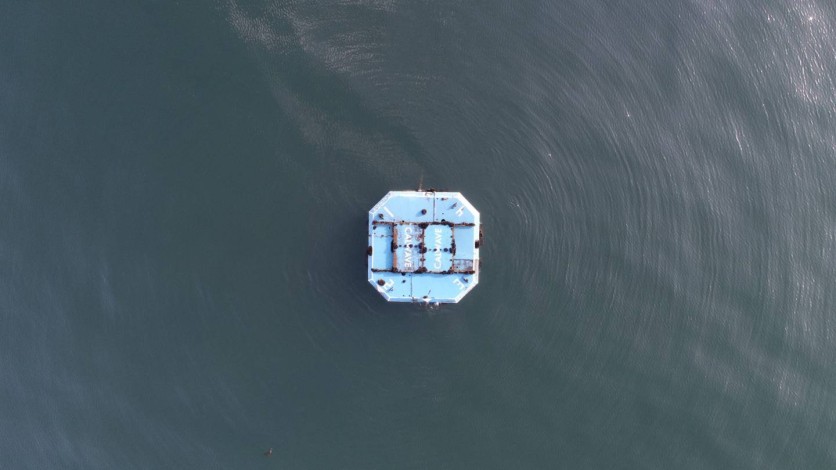For several years, CalWave has been developing its xWave clean power technology. Now, the company announces the completion of a long-term open-ocean test off the coast of San Diego, during which the device showed over 99% system uptime.

Wave Energy Generator
As reported first by New Atlas, wave energy is still largely in its infancy as it is one of the less common renewable sources of power. However, this energy source is also very promising because ocean waves are 20 to 60 times more predictable, constant, and energy-dense in contrast to other forms of green energy.
However, obtaining that energy is challenging. The ocean is renowned for being a hostile environment for man-made items, and in order to attract investment, energy assets must pay off their significant capital expenditures over years of constant operation.
But CalWave has somehow demonstrated the possibility of a wave energy generator. The company has been declaring the success of tests since 2016 when it had a small 1/20th-scale model operating in a test basin.
The xWave is a small, boxy platform that is buoyant and can float. It is towed out to sea and fastened to the bottom using a long cable.
"As a wave passes over the top, you get a pressure wave that causes motion relative to the sea floor, and with our anchors on the sea floor, we convert that relative motion to power," COO Dan Petcovic said in a 2021 video.
According to the manufacturer, running the generator shields the xWave box from irreparable harm from whatever the ocean may throw.
How The Device Works
When the device is battered by unusually large waves, these spools can also be automatically braked to varying degrees to cushion the more extreme forces, allowing it to either shut down completely or retool itself to extract energy from weather that would otherwise render other renewable sources inoperable.
The device's resilience, according to CalWave, is the secret to its competitive advantage and should end up being significantly less expensive than other competing products.
The recent open-ocean test, originally intended to last six months, was eventually extended to ten. According to CalWave, the x1 platform operated under fully autonomous control for around 80% of its working time and delivered exceptional performance as expected and anticipated.
The company claimed that it operated at an uptime of over 99% without any operator assistance and correctly shut itself down in very choppy conditions with waves as high as 15 feet.
This article is owned by Tech Times
Written by Joaquin Victor Tacla
ⓒ 2025 TECHTIMES.com All rights reserved. Do not reproduce without permission.




